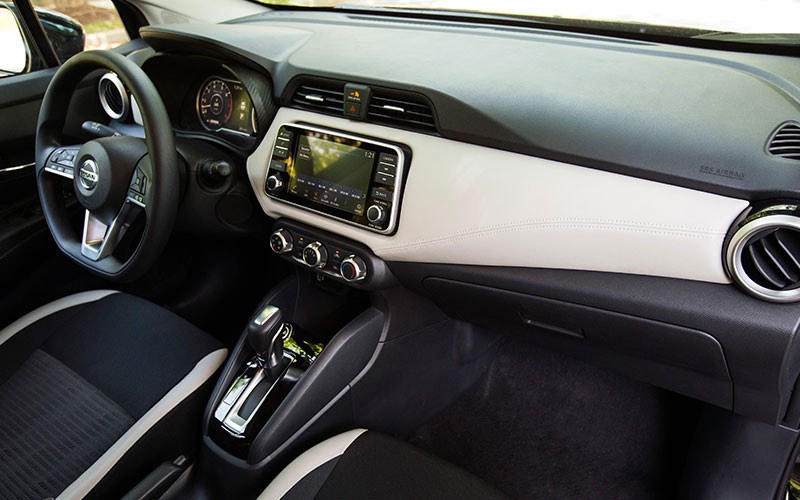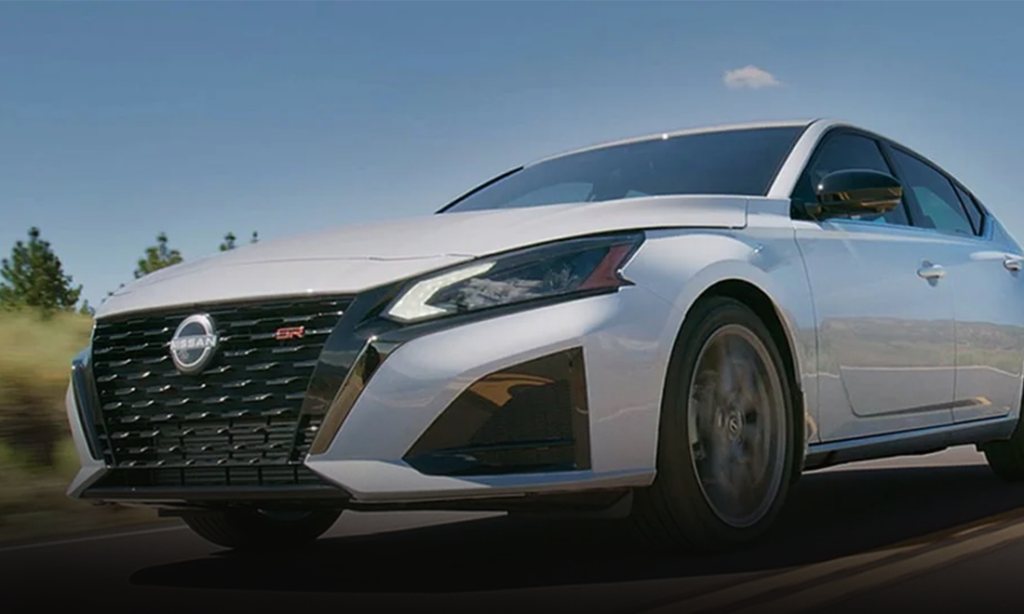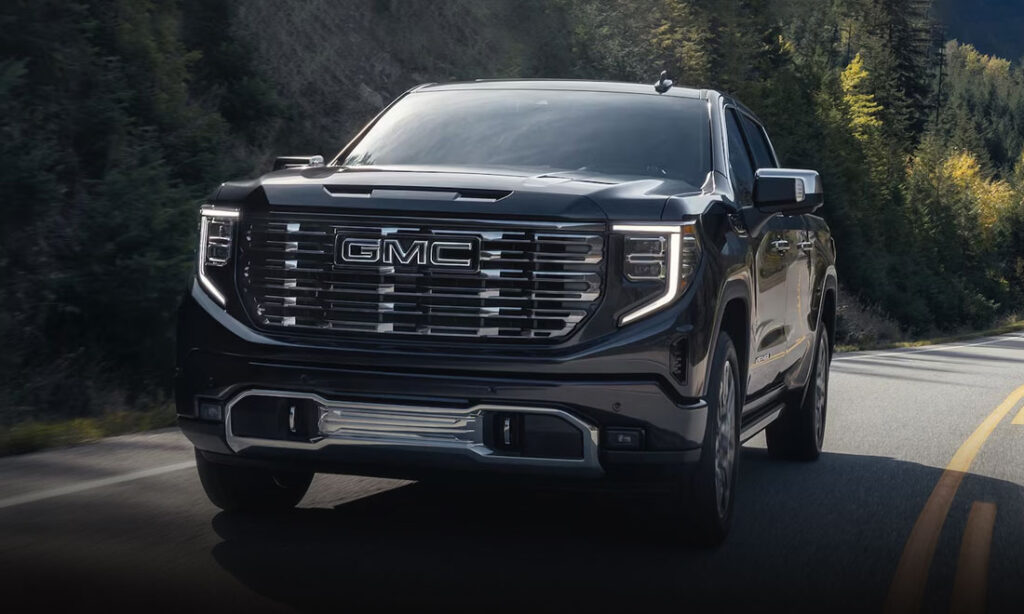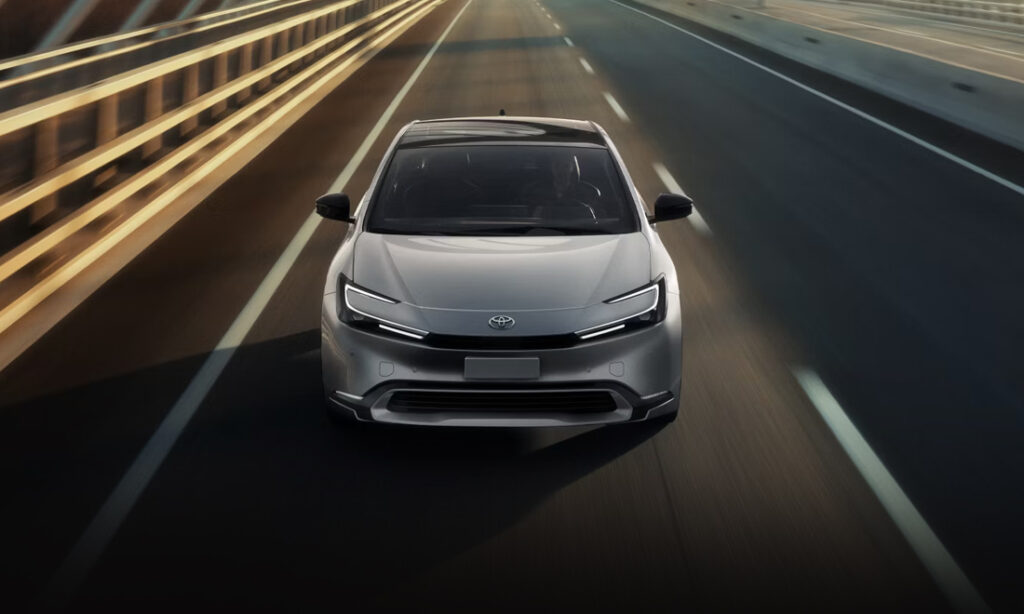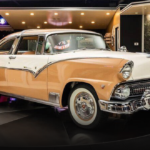2020 Nissan Versa: Easy on the Wallet
The totally redesigned 2020 Nissan Versa is an economical ride that will save you at the lot as well as at the pump.
2020 Nissan Versa – usa.nissannews.com | Shop 2020 Nissan Versa on Carsforsale.com
What’s New for the 2020 Nissan Versa?
The Nissan Versa is fully redesigned for 2020 beginning its third generation. Along with an increased base price, the redesign of this subcompact sedan brings a more powerful engine, an improved interior, new exterior styling, and more standard safety features. The Versa Note hatchback has been discontinued as well.
Trying to decide between a new or used ride? We can guide you through that decision in our New vs Used: Nissan Versa review.
The Breakdown
Excellent fuel economy
Spacious trunk
Plenty of standard features
Slow acceleration
Base model lacks features
No hatchback options
A subcompact contender for Nissan once again
2020 Versa Specs
- 122 horsepower from base engine
- 114 lb-ft of torque from base engine
- 3 available trims
- 14.7 cu-ft of cargo capacity
- Backup camera
- Lane departure warning
- Keyless start
2020 Nissan Versa Powertrain
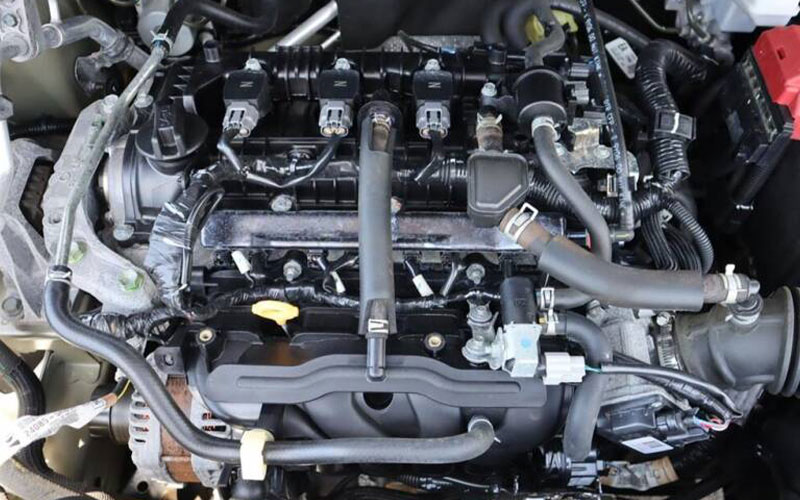
All models of the 2020 Nissan Versa are powered by a 122-horsepower 1.6-liter four-cylinder engine with front-wheel drive. All engines are paired with a standard five-speed manual transmission, but a continuously variable automatic transmission (CVT) is available on the S trim and standard on the SV and SR trims.
You’ll find the 2020 Nissan Versa to be slow to accelerate, and especially lacking when it comes to passing and merging onto the highway. It’s more suited for driving around town and handles well with accurate steering, consistent brake feedback, and a suspension that absorbs bumps fairly well.
2020 Nissan Versa Fuel Economy & MPG
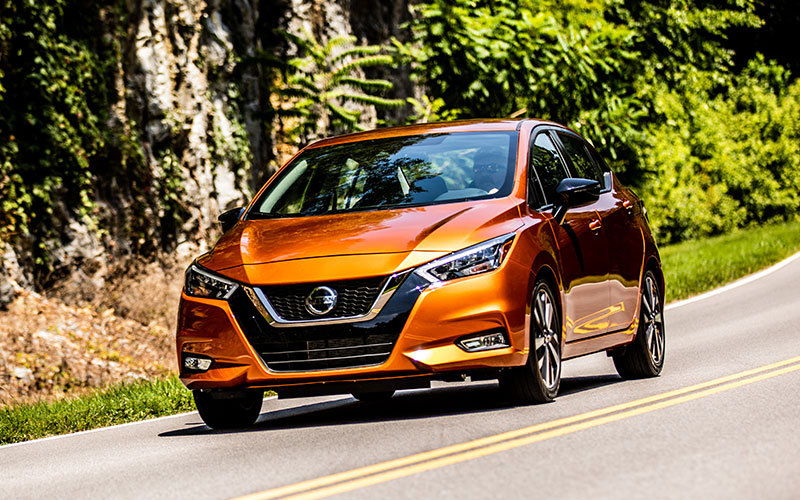
If you opt for the CVT you’ll be saving big at the pump. The Versa is at the top of its class getting an estimated 32 mpg in the city and 40 mpg on the highway. Models with the manual transmission drop significantly to 27 mpg in the city and 35 mpg on the highway.
Interior, Comfort, & Cargo Space
Updates to the 2020 Versa’s interior are an improvement from the older model’s basic, economical design. Quality materials are used throughout with soft-touch surfaces on the doors and dashboard. Cloth upholstery and manually adjustable seats are all you’ll get in the Versa, but the top trim does have a leather-wrapped steering wheel and available heated seats.
The seats are firm and comfortable for short to medium length trips, but the lack of lumbar support might make a long drive more difficult. Two adults can fit comfortably in the rear seat, but we did notice there is less legroom than older models. The ride is comfortable with only the largest bumps felt, but the cabin does get a little noisy from those bumps and the wind.
The Versa is at the top of its class for cargo space boasting 14.7 cubic feet available for storage. Small item storage is lacking, though, and we struggled to find a place for our smartphone to rest.
You won’t find a hatchback option in the newly redesigned Versa, but many of its rivals still offer it. See our head-to-head comparison of the Hyundai Accent vs Kia Rio to find more options.
Entertainment & Technology
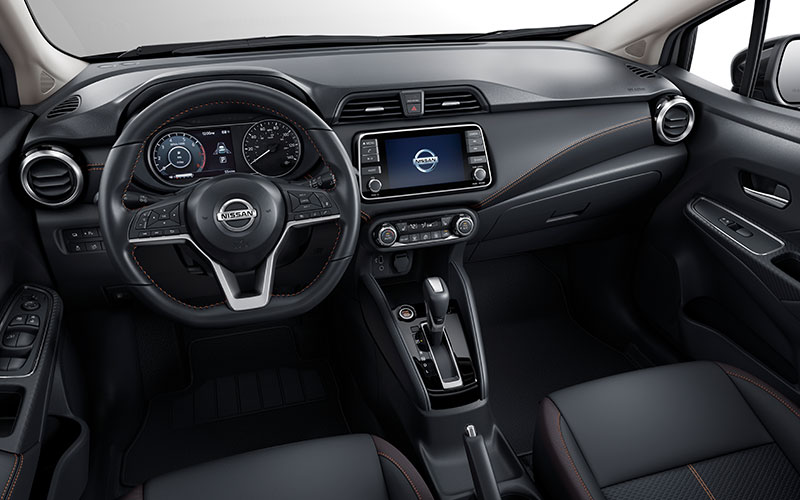
The Versa comes equipped with a standard 7.0-inch touchscreen infotainment system that also has some functions controlled through physical knobs. The interface is easy to navigate but can be slow to respond to user inputs. Only the SV and SR trim levels have Apple CarPlay and Android Auto integration, but all models have three USB ports and voice recognition capability. The four-speaker audio system is about as basic as they come, and you’ll find that you’re really cranking it up to drown out exterior noise.
Safety Features
The 2020 Versa earned a five-star safety rating from the National Highway Traffic Safety Administration and the highest possible rating of Good in frontal and side crash tests from the Insurance Institute for Highway Safety.
The Versa has an impressive lineup of standard safety features including front and rear automated emergency braking, lane departure warning, automatic high beams, a rearview camera, forward collision warning, and pedestrian detection. Higher trim levels add rear cross traffic alert, blind spot monitoring, driver alertness monitoring, adaptive cruise control, and rear-seat reminder.
The latest driver assist features can be a lot to keep up with. We break it all down for you in our New Safety Tech Explained article.
2020 Nissan Versa Trims & Pricing
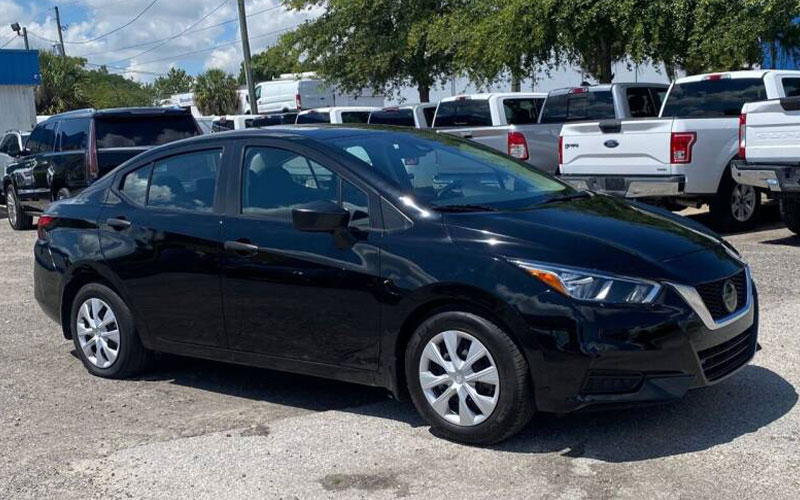
S – $14,830
The base S trim gets an upgraded lineup of standard features including a 7-inch touchscreen, Bluetooth, power windows and door locks, three USB ports, a four-speaker stereo, and voice recognition. Also included are several active safety features including a rearview camera, forward collision warning with automatic emergency braking, automatic headlights, and lane departure warning.
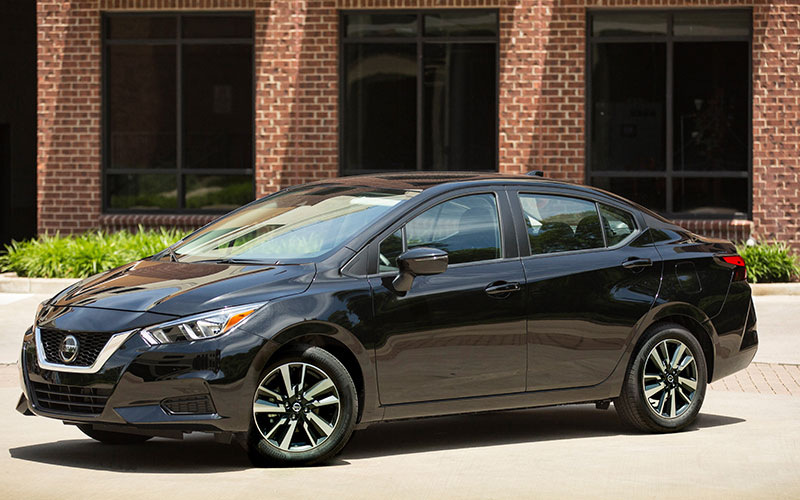
SV – $17,740
The SV trim gets premium cloth seats, body-colored door handles and mirrors, alloy wheels, a driver’s seat armrest, heated outside mirrors, Apple CarPlay and Android Auto integration, and satellite radio. It also comes with driver alert monitoring, a rear-seat reminder, blind-spot monitoring, and rear cross traffic alert.
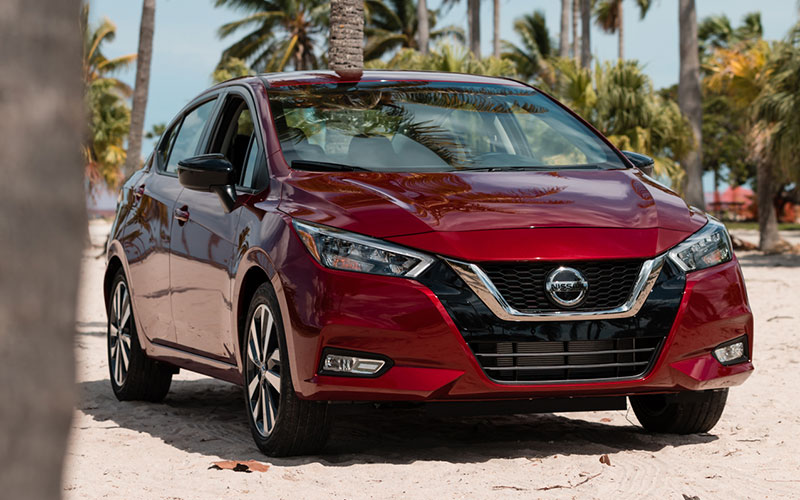
SR – $18,340
The top-level SR trim adds special interior and exterior trim details, sport cloth upholstery, a leather-wrapped steering wheel and shift knob, automatic climate control, keyless entry, remote engine start, a six-speaker stereo, fog lights, and LED headlights. There is an optional SR Convenience package that adds heated front seats and adaptive cruise control.
If you’re still unsure as to which trim level to go with, check out our article, Choosing the Best Car Trim Level, to help with the decision.
Warranties
Nissan offers a warranty package that is comparable with most of its rivals. Its limited warranty covers three years or 36,000 miles and its powertrain warranty covers five years or 60,000 miles. There is no complimentary scheduled maintenance.
What we think

2020 Nissan Versa – usa.nissannews.com | Shop 2020 Nissan Versa on Carsforsale.com
The 2020 Nissan Versa is an upscale-looking, basic subcompact that will make the commuter’s wallet happy. While its engine won’t impress the joy riders among us, it’s exactly what we would expect for a small, budget-priced vehicle. We love the standard safety features available on the base trim, but we’d go with the SV model to gain smartphone integration.


